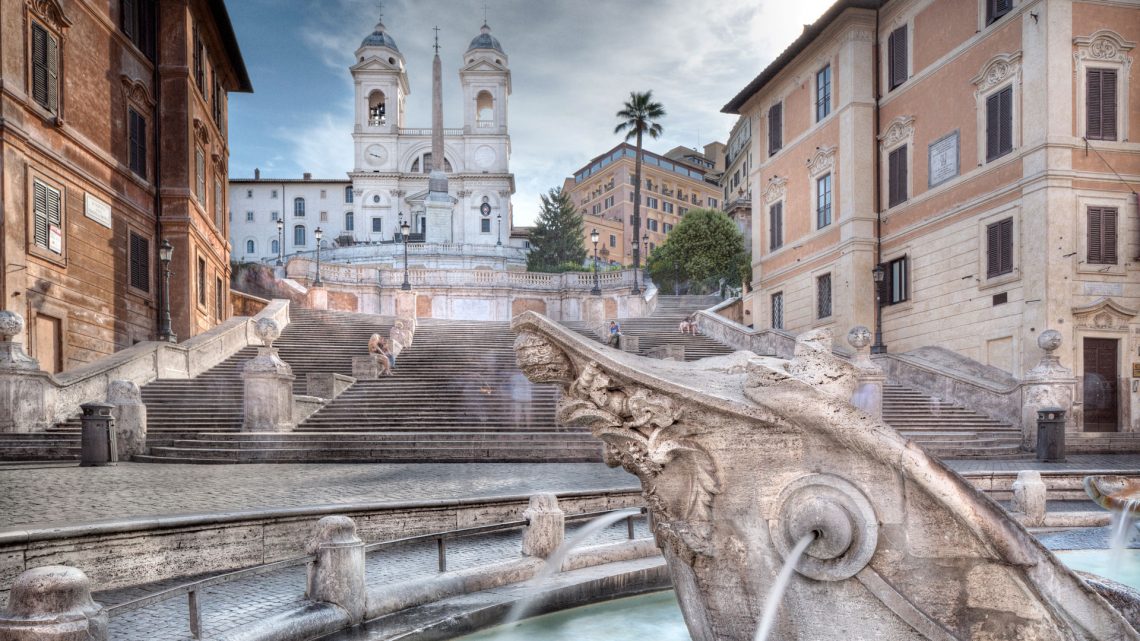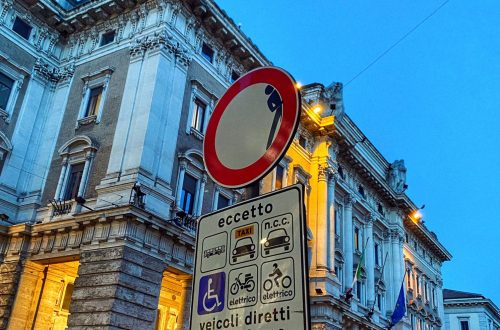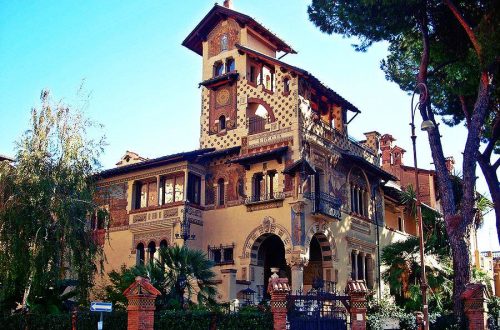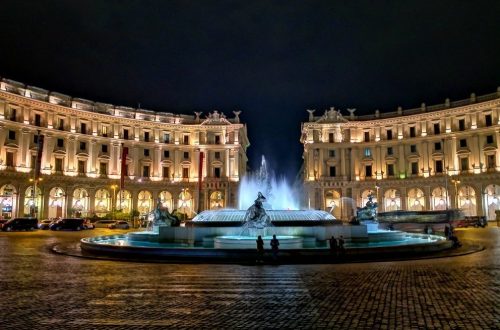
Piazza di Spagna
Romantic center of nineteenth-century Rome, already in the fifteenth century it assumed a very important commercial role due to the presence of many hotels and houses inhabited by foreigners, attracted to this area by the representatives of the Spanish and French governments.
Under the pontificate of Innocent XIII, and under the direction of the Roman architect Francesco De Santis, the Spanish Steps (1723-26) were built, a scenic link between the slopes of the Pincio, dominated by the church of the SS . Trinita ‘, and the underlying Piazza di Spagna, which was a meeting place for all citizens.
In fact, even today, the staircase is a meeting place and meeting place, so much so that it is called the living room of Rome.
On the top of the staircase is the church of Trinita ‘dei Monti, founded in 1495, while in the center of the square is the fountain called the Barcaccia (1626-29) by Pietro Bernini, father of Gian Lorenzo. The fountain has the shape of a boat with identical bow and stern and is immersed in an oval pool. The edges of the sides are very low, giving the impression that the boat is about to sink. On the outside of the prow and stern there are two large coats of arms of Urban VIII with three bees; on the sides of the coats of arms the water comes out of fake gunboats.
The term barcaccia refers to the boats used on the Tiber in the nearby port of Ripetta. Other inspiring reasons for the fountain are probably to be found in the news according to which there was a naumachia in the area – an outdoor building where naval games and battles with miniature warships took place – and in the floods of the Tiber, which dragged the boats to the foot of the Trinita ‘de’ Monti.
![]()




